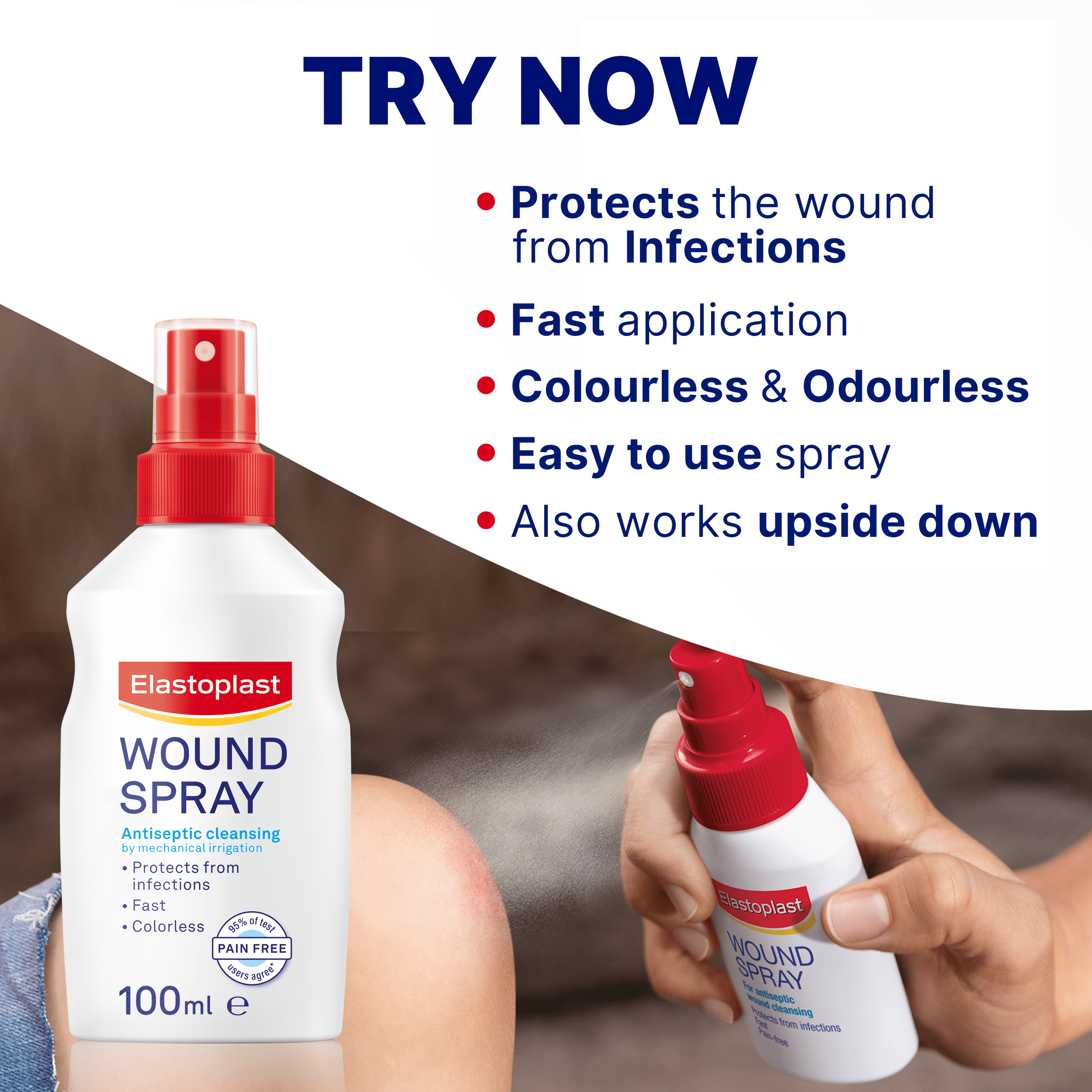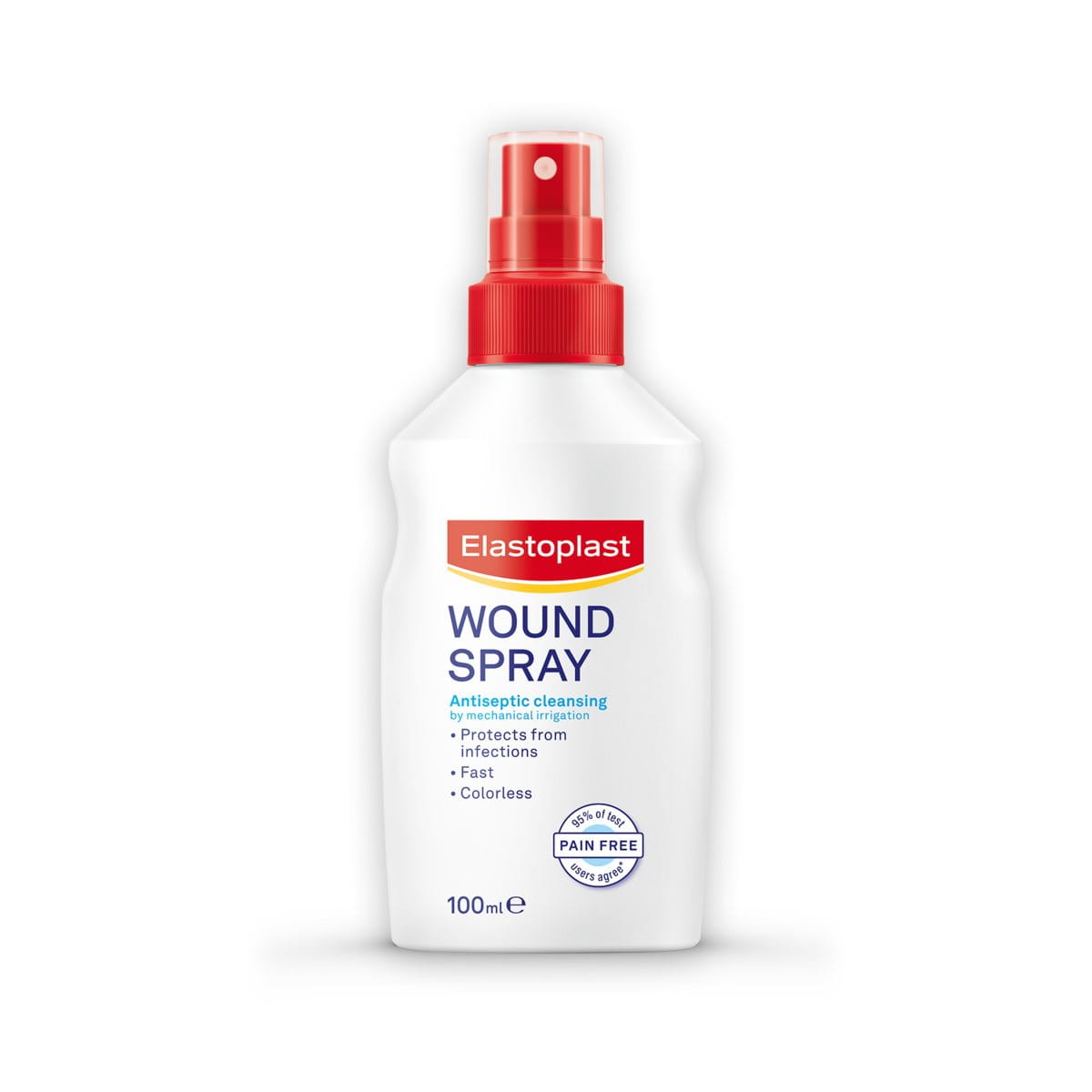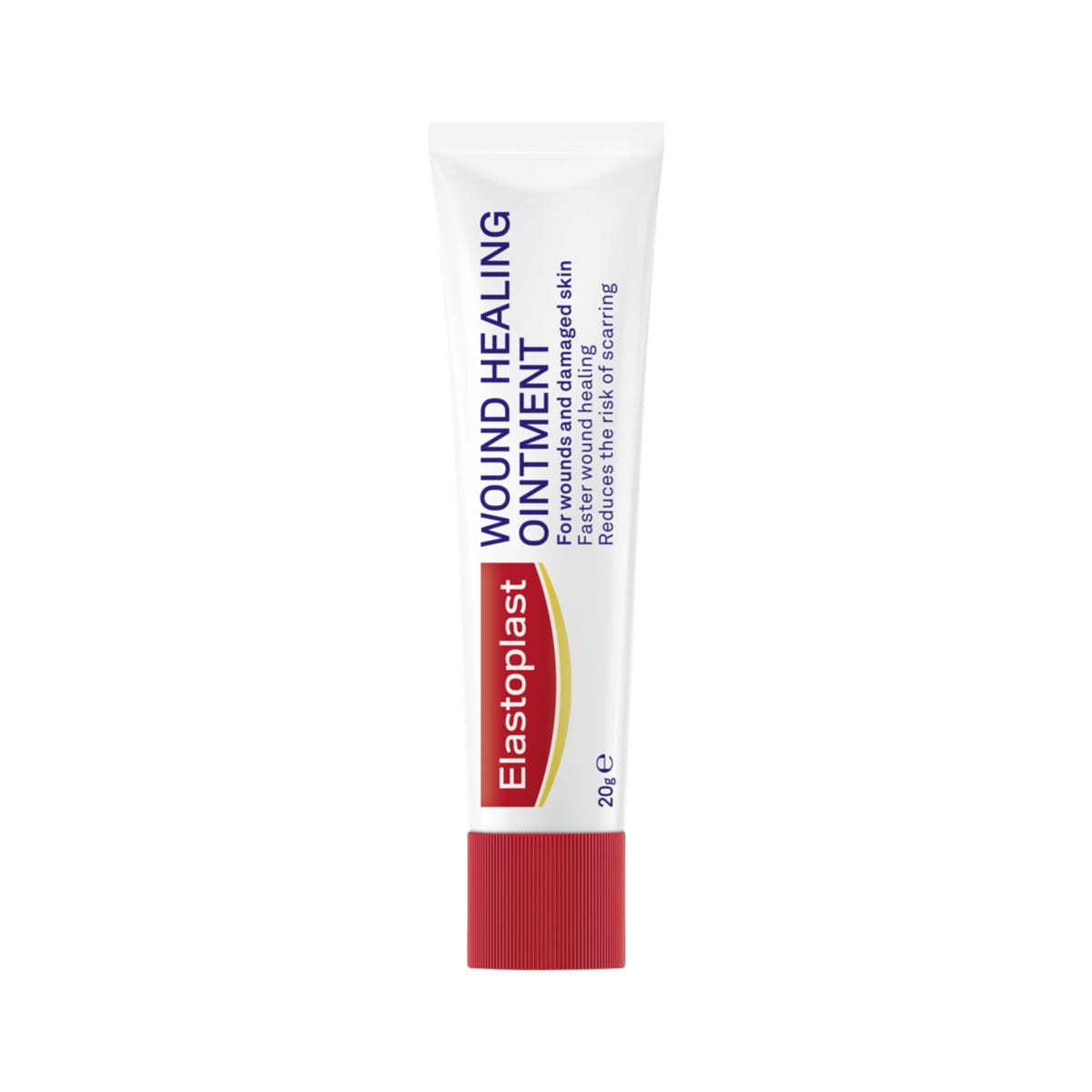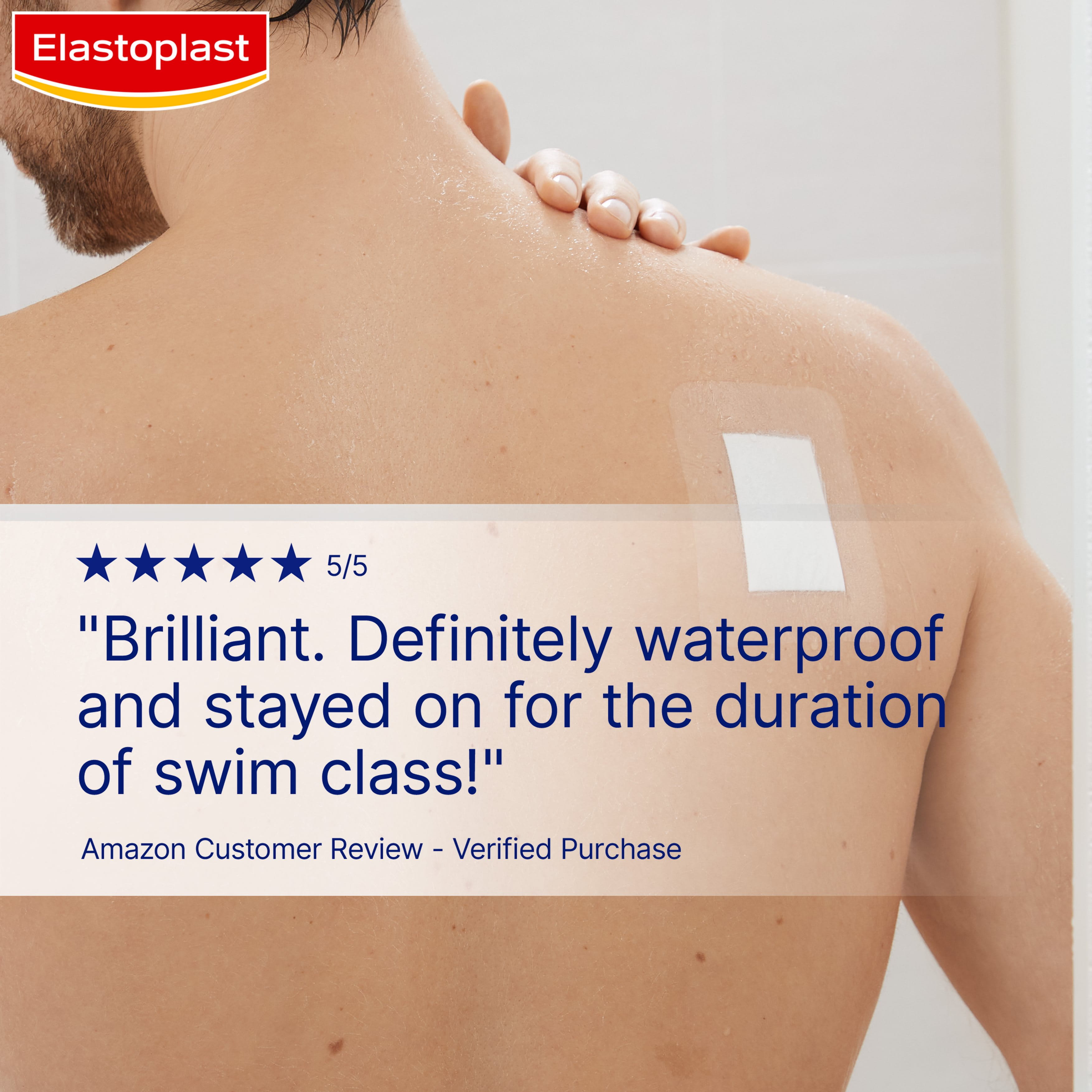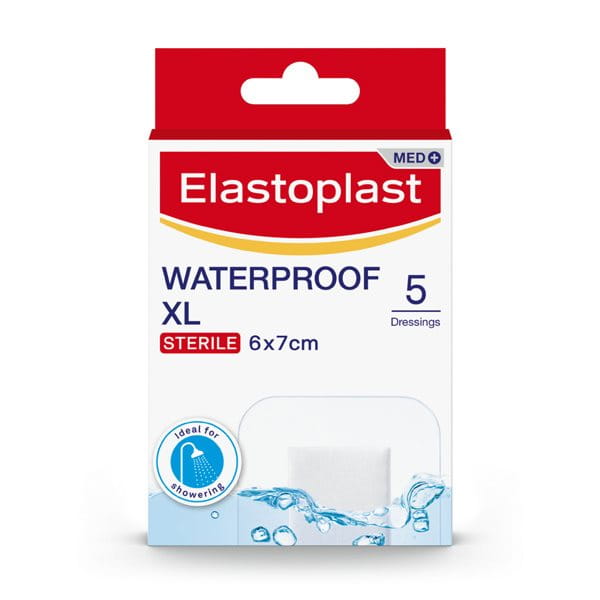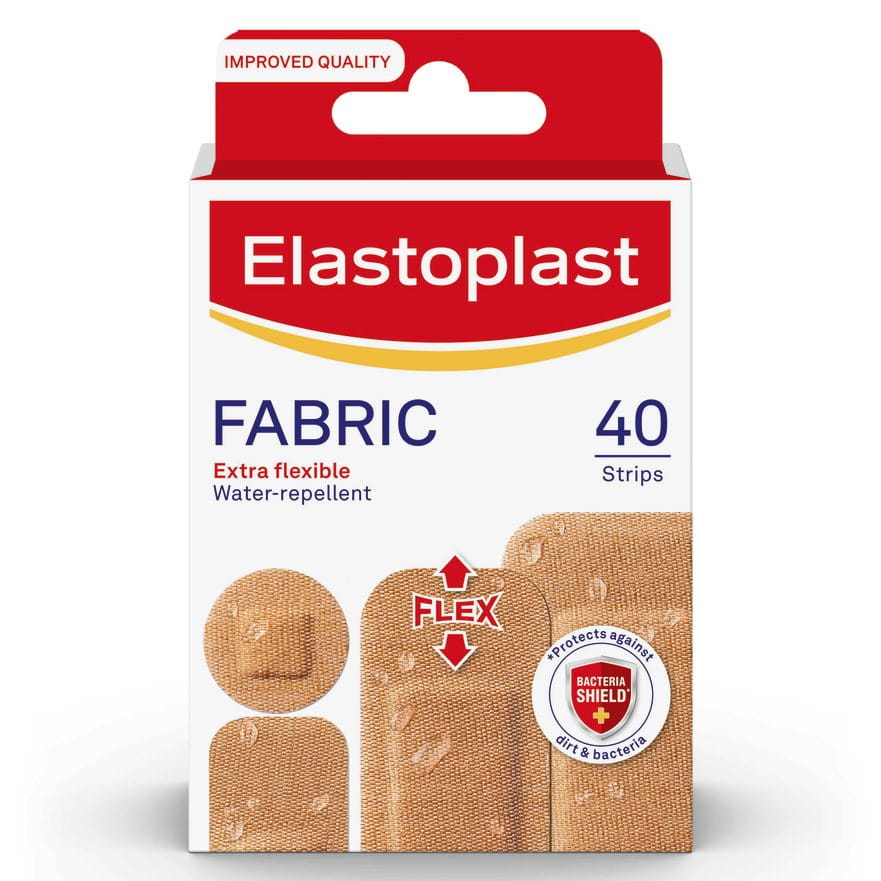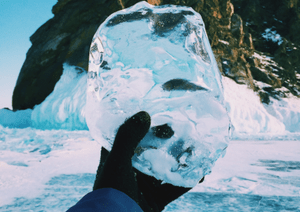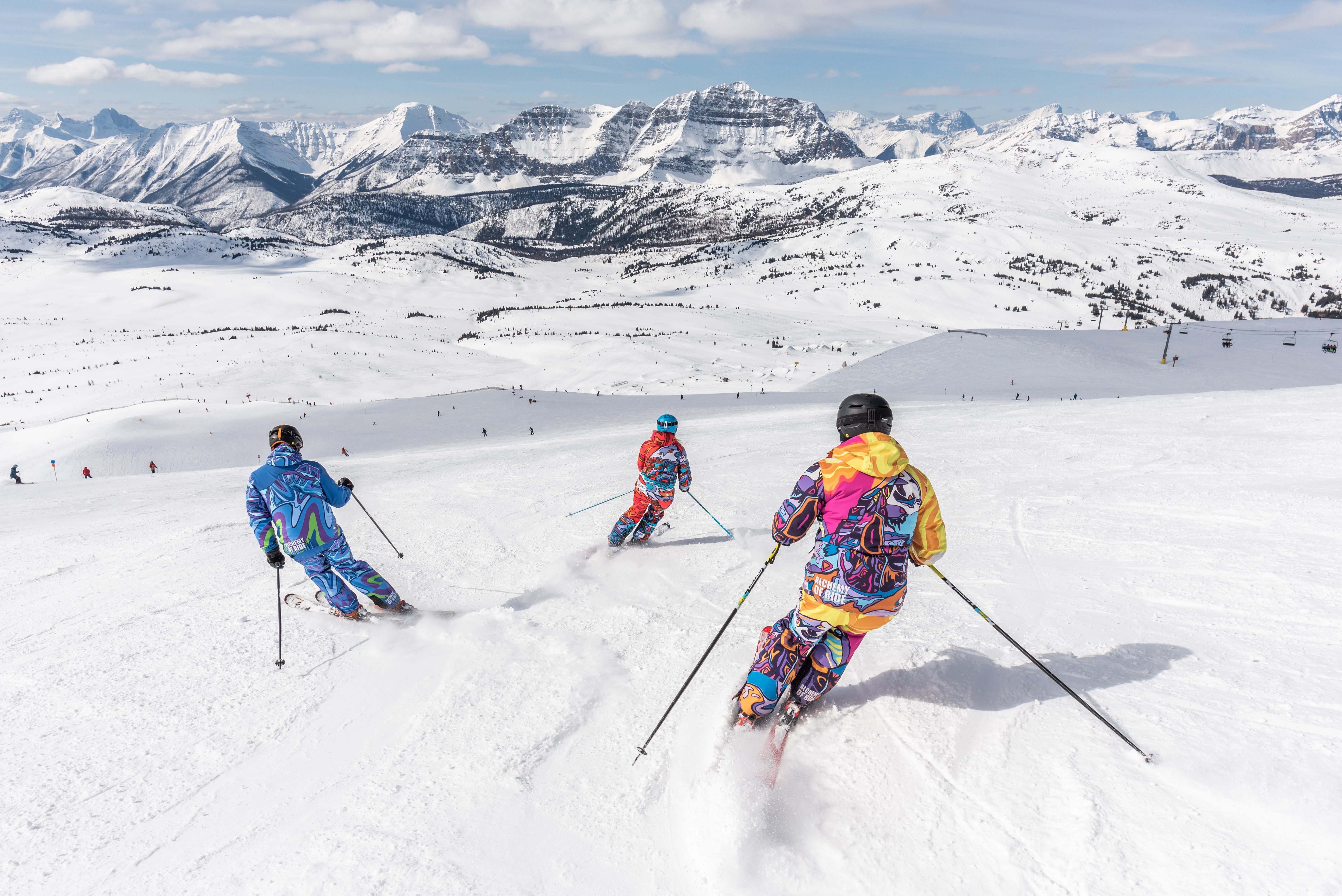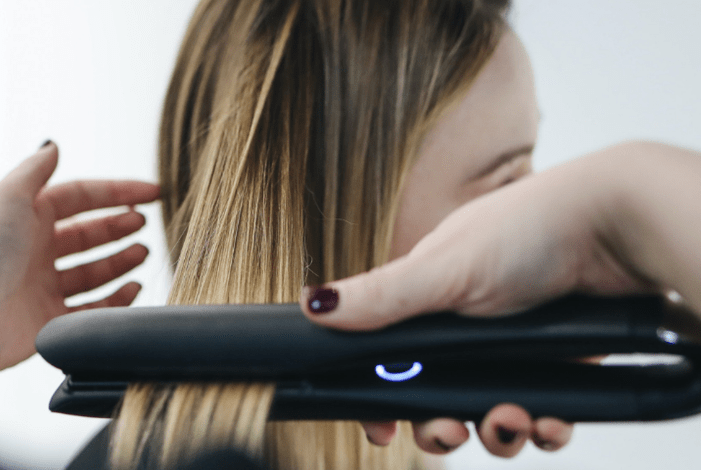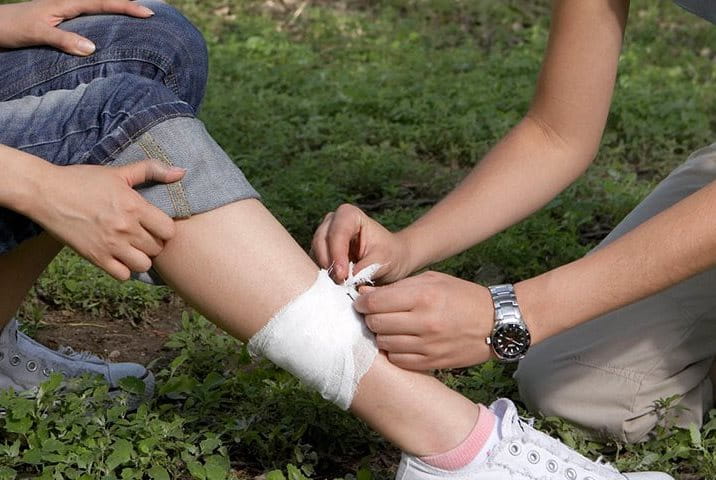Published: February, 2022
Last Reviewed: August, 2025
Many of us are aware that heat can burn our skin, but we can also suffer burns from ice or cold objects. Skin tissue can be damaged after coming into contact with anything that's extremely cold, like an ice pack, or if we spend too long in freezing temperatures.
In this article, learn what an ice burn is, what the symptoms and causes are, and how to treat ice burns on the skin with Elastoplast wound healing products.




